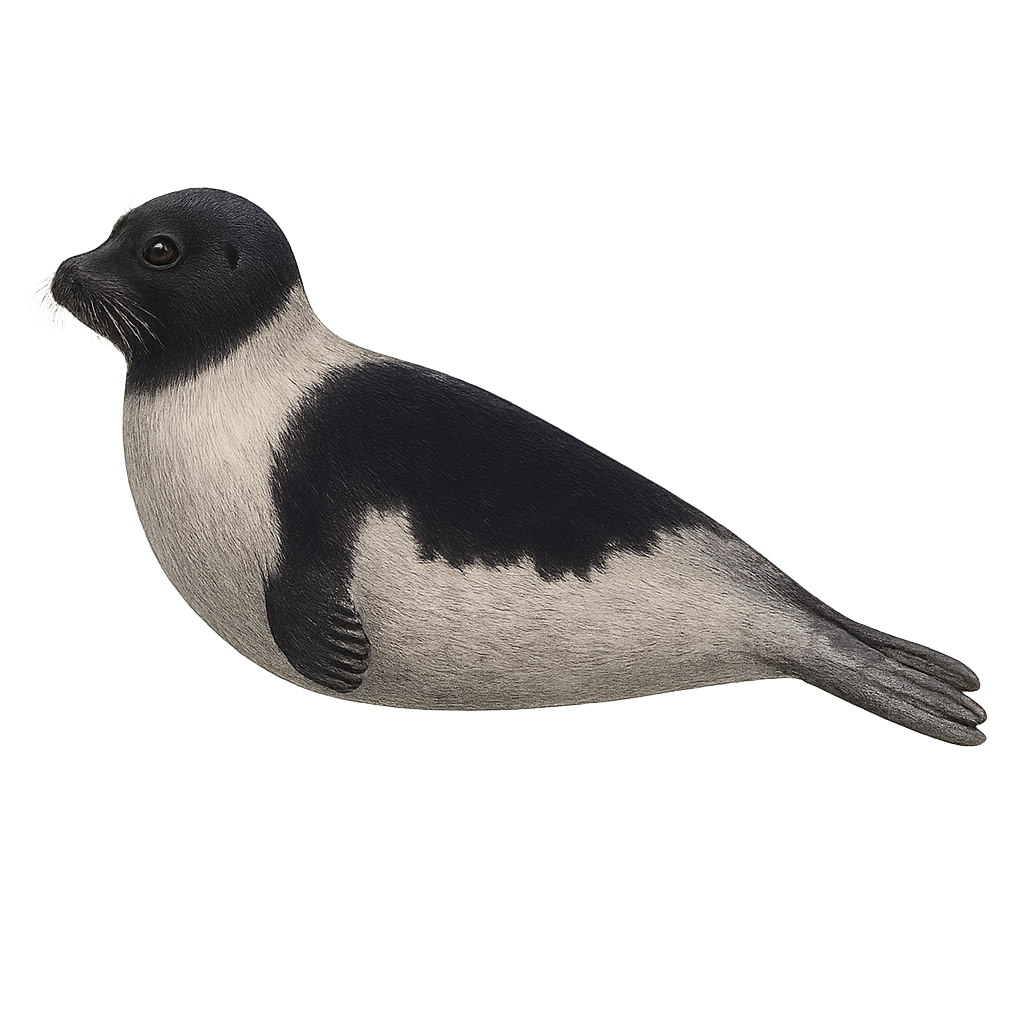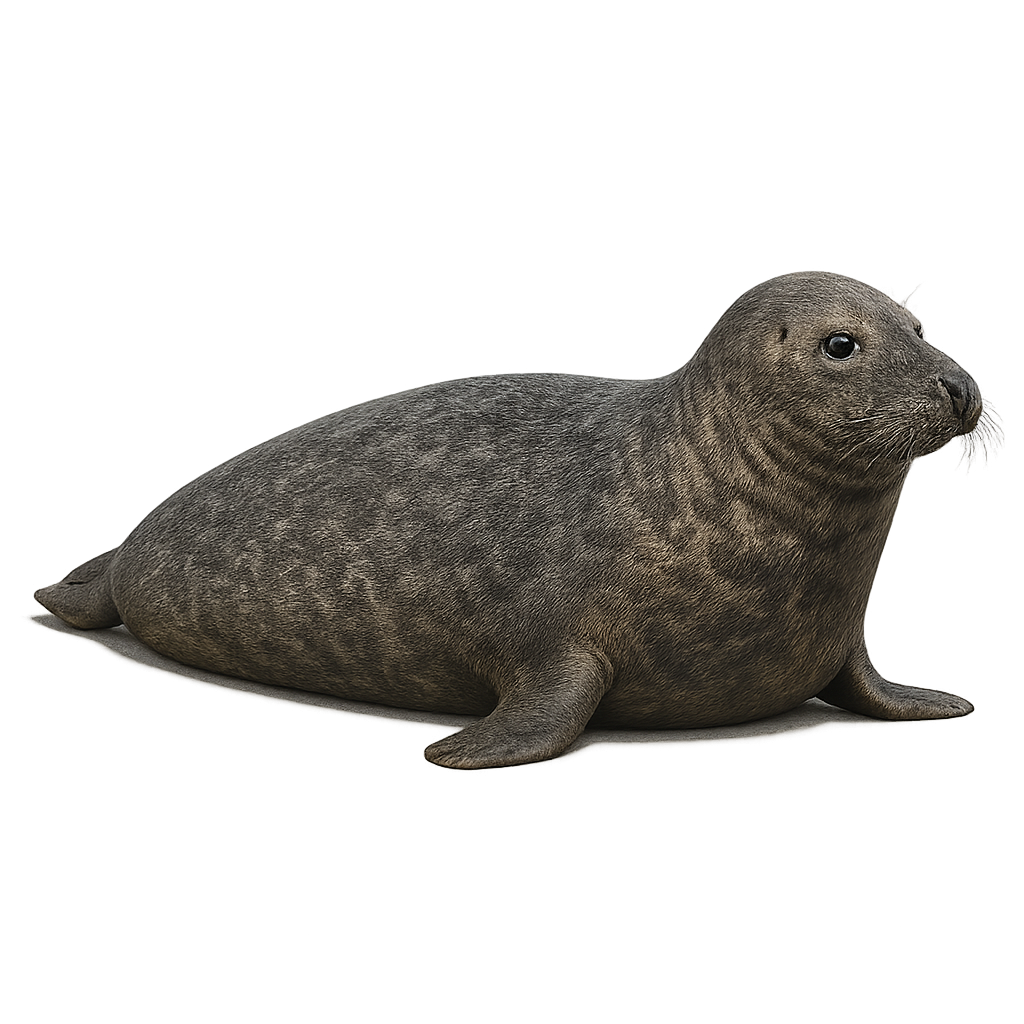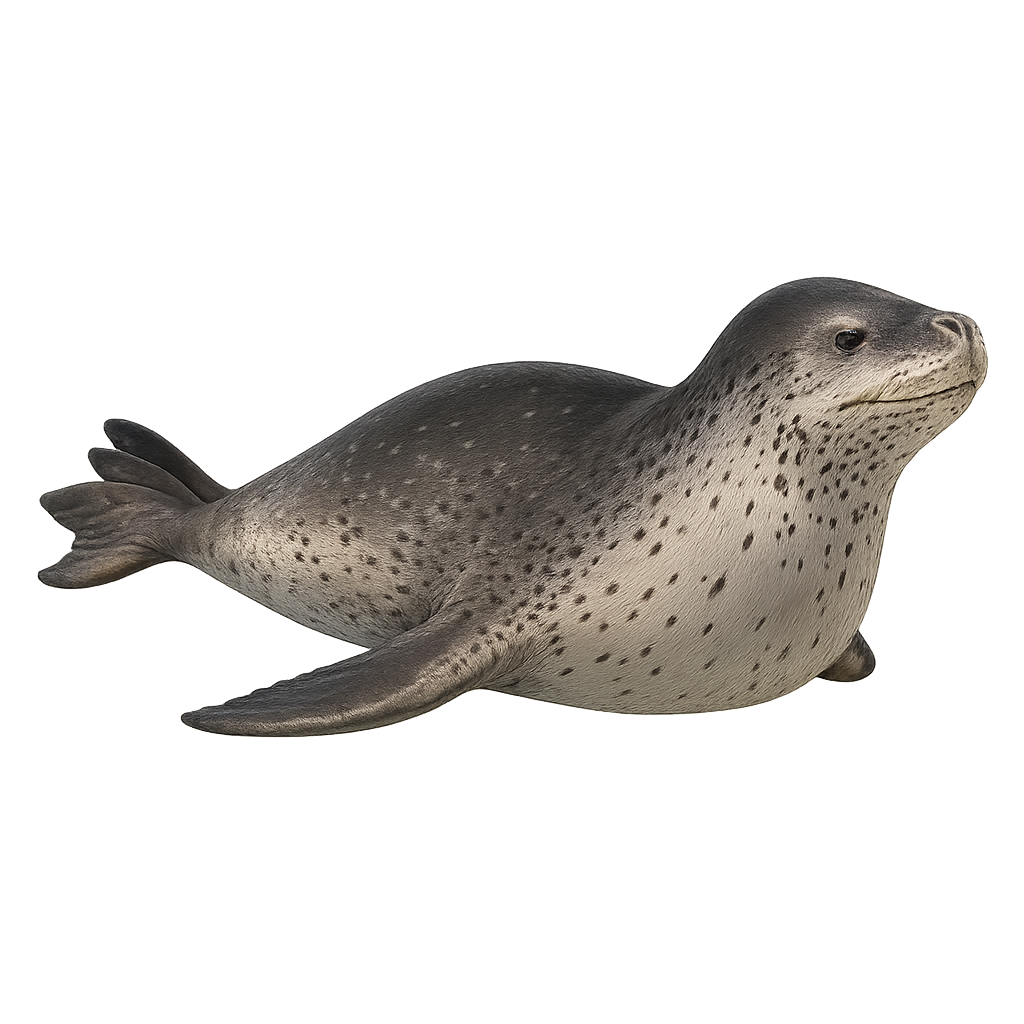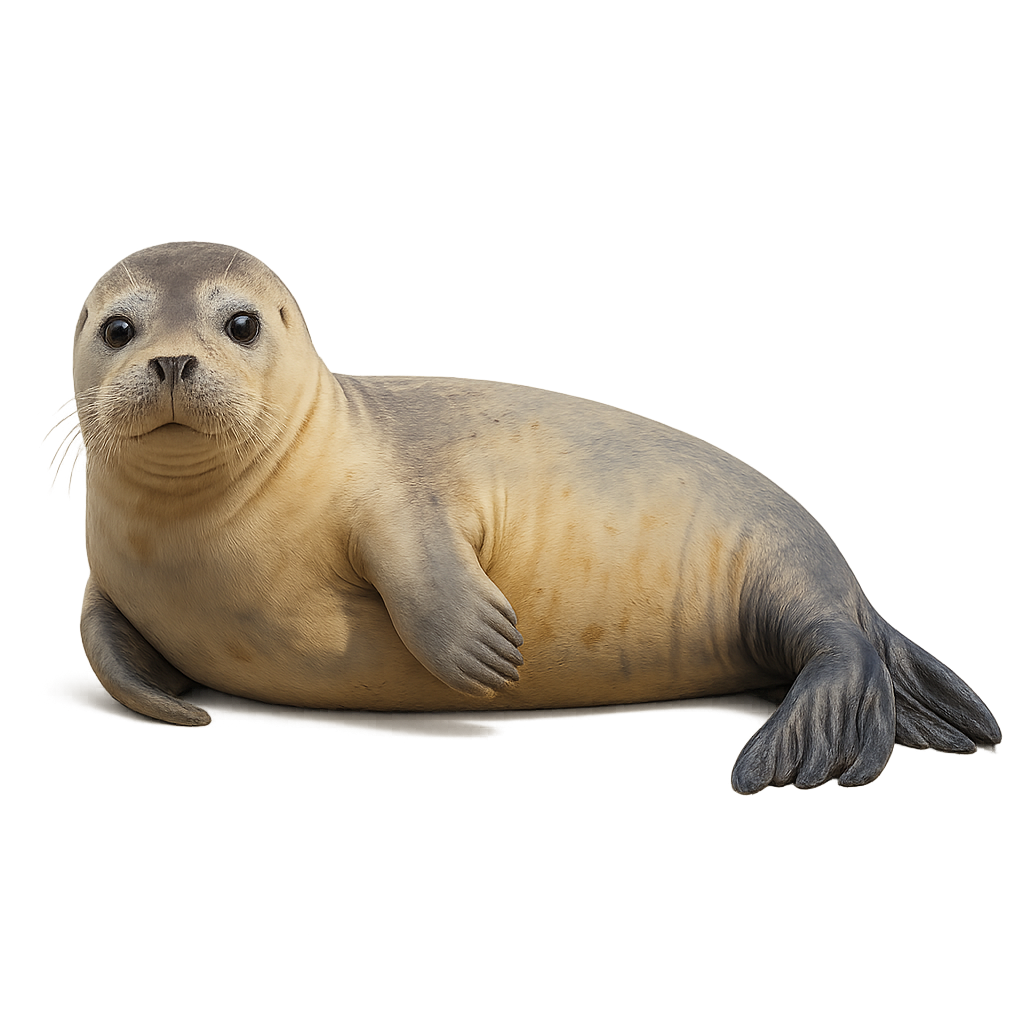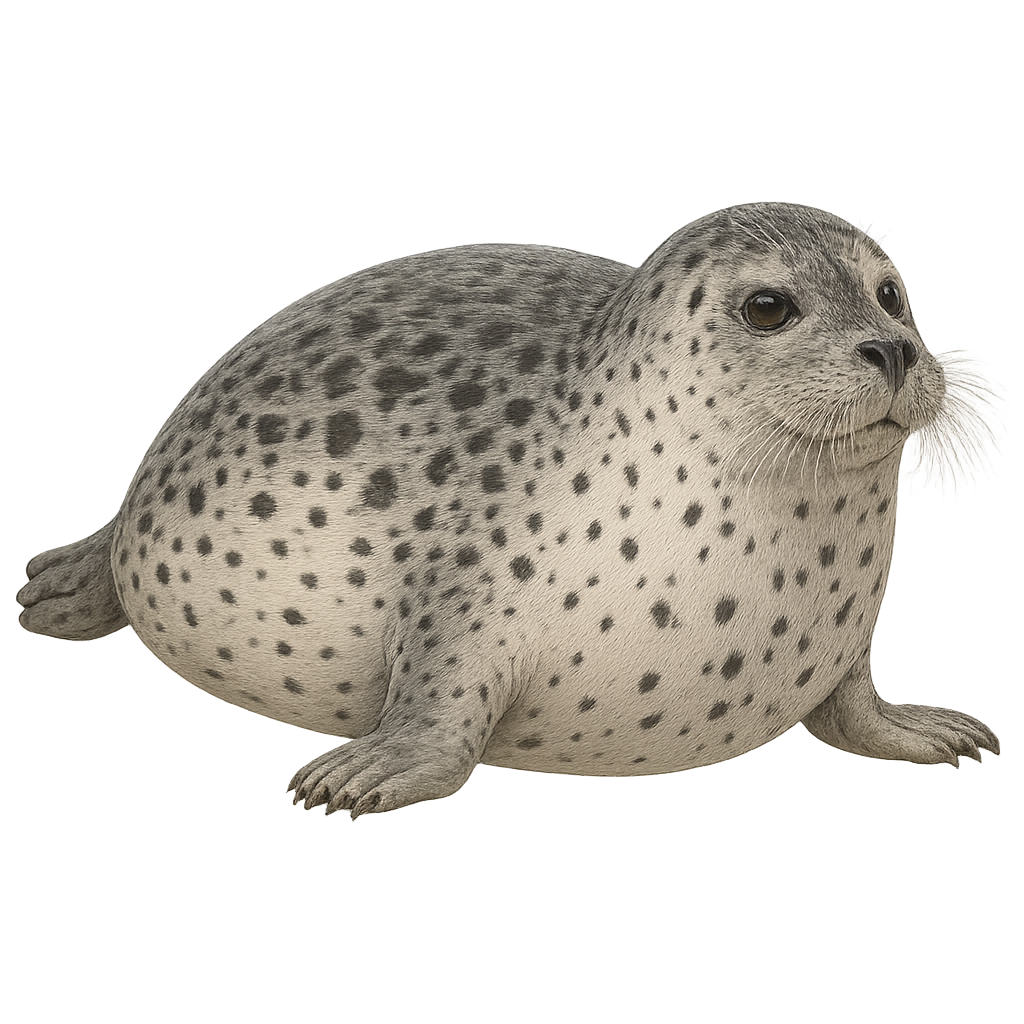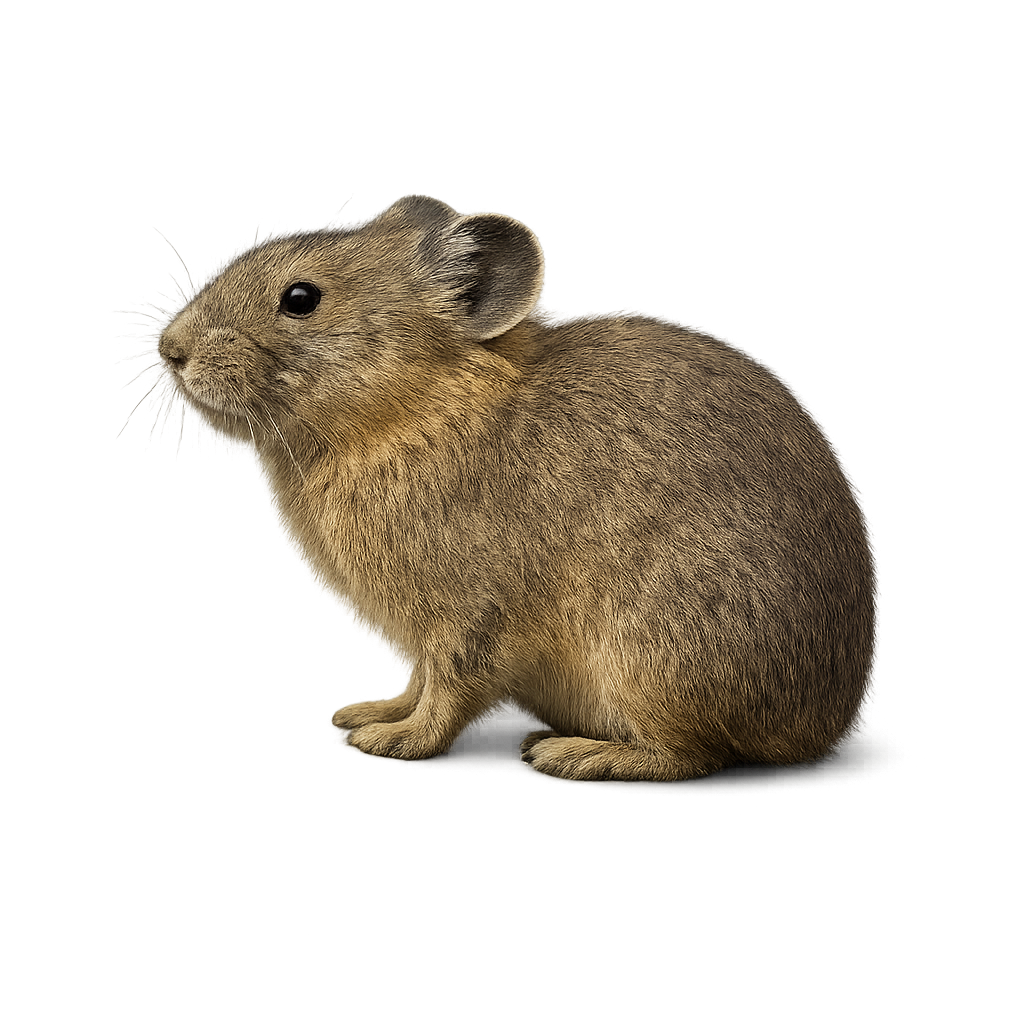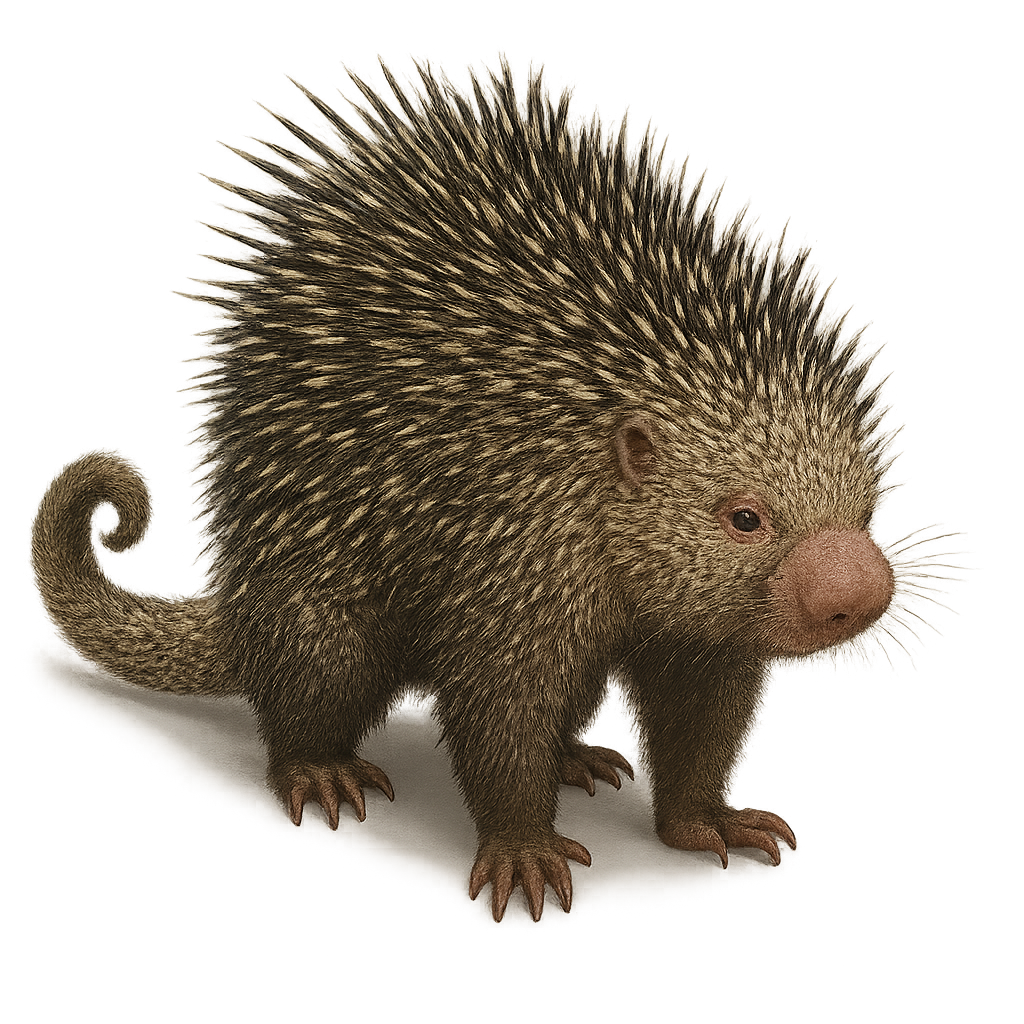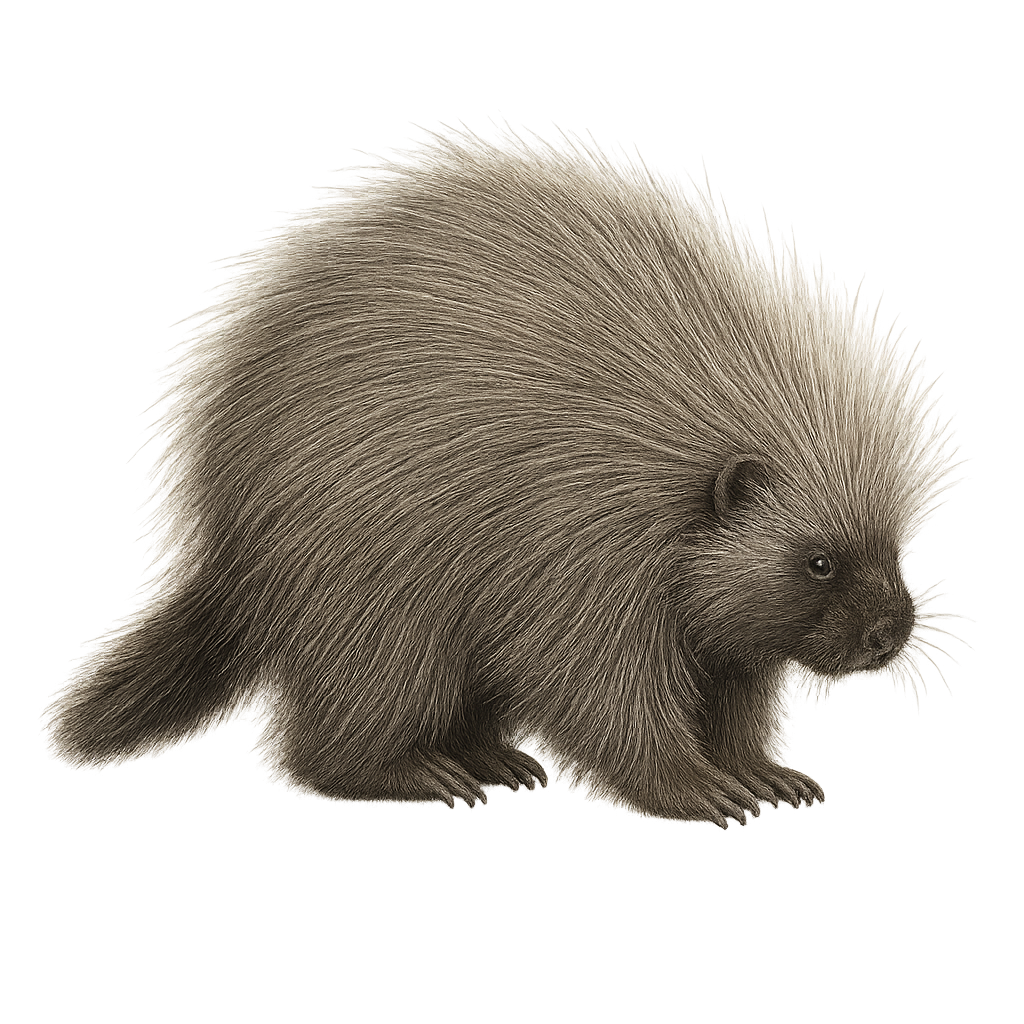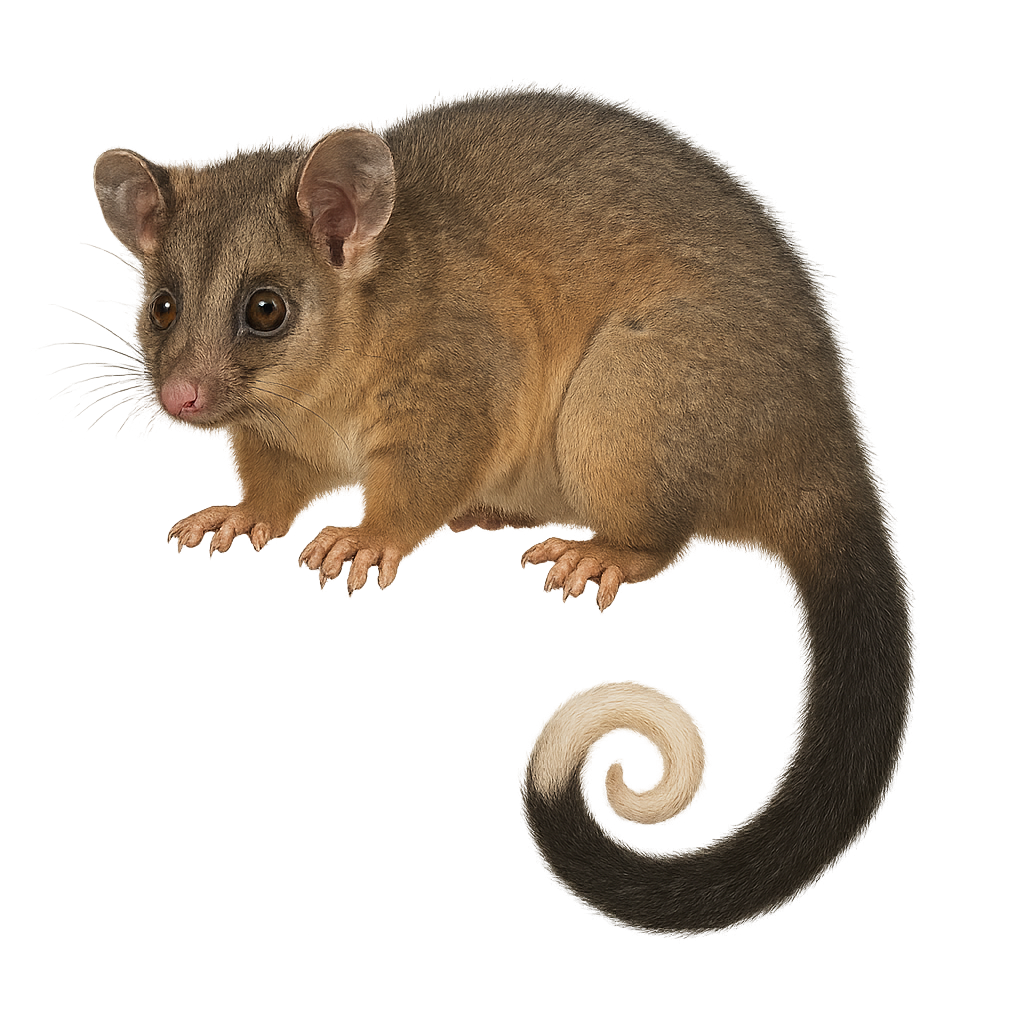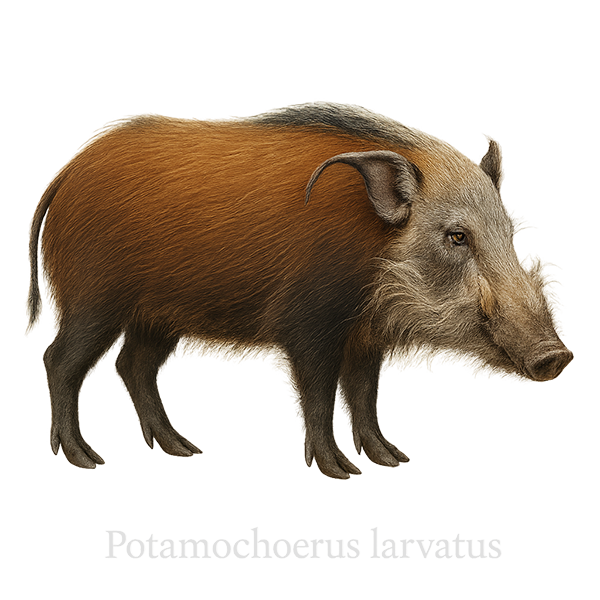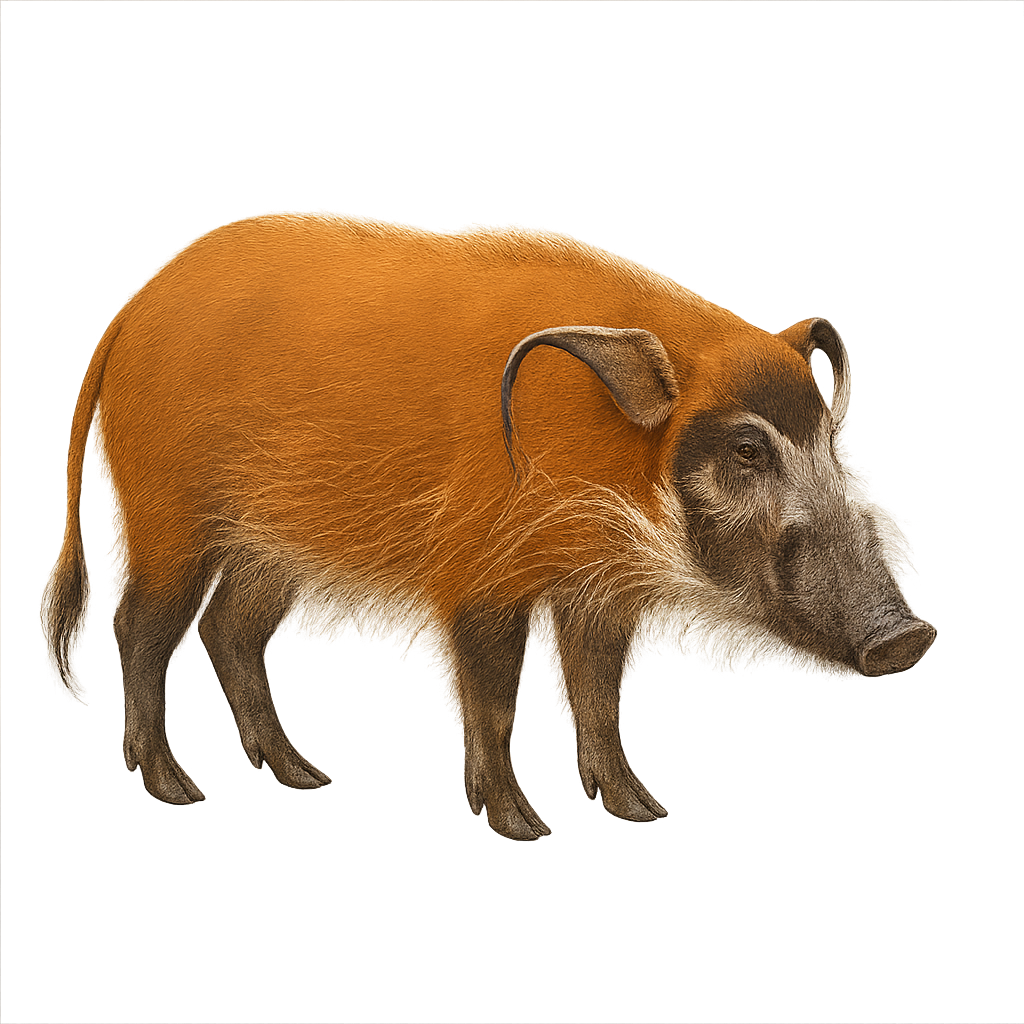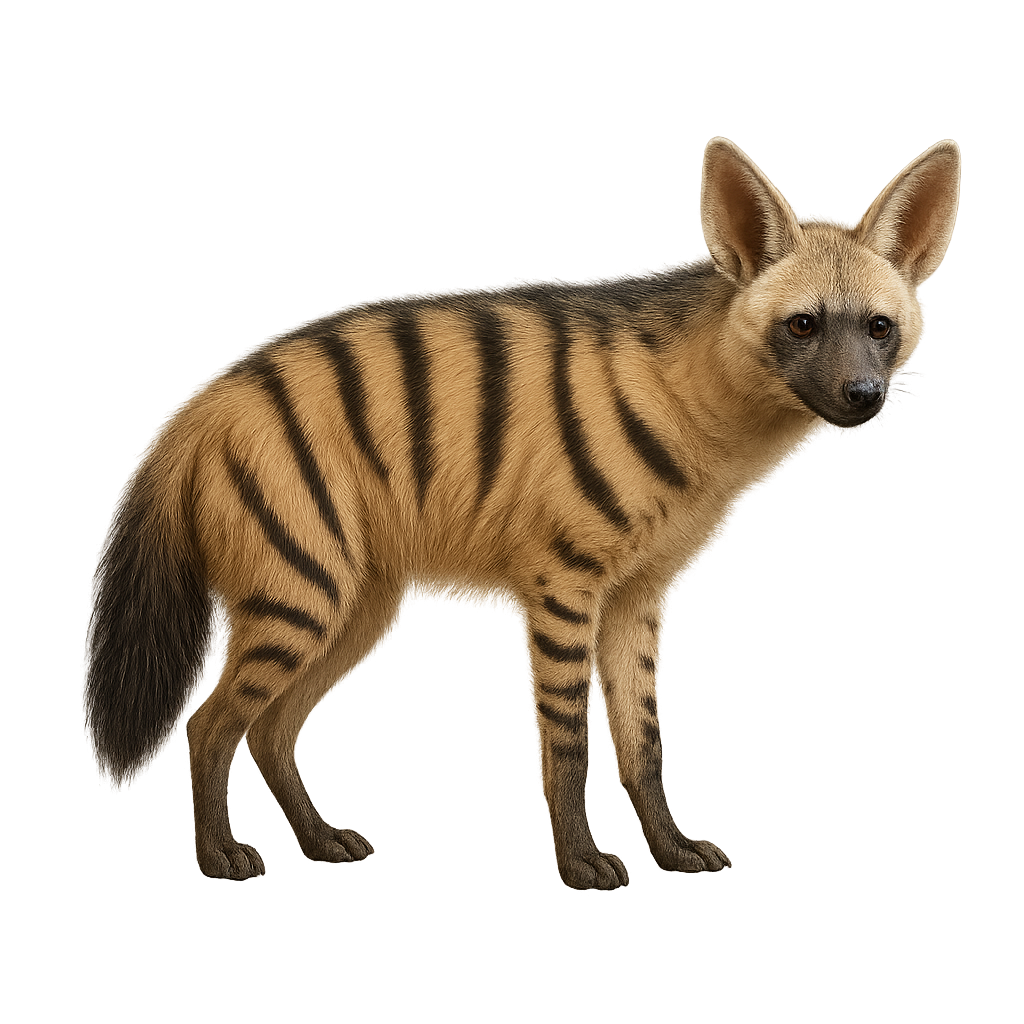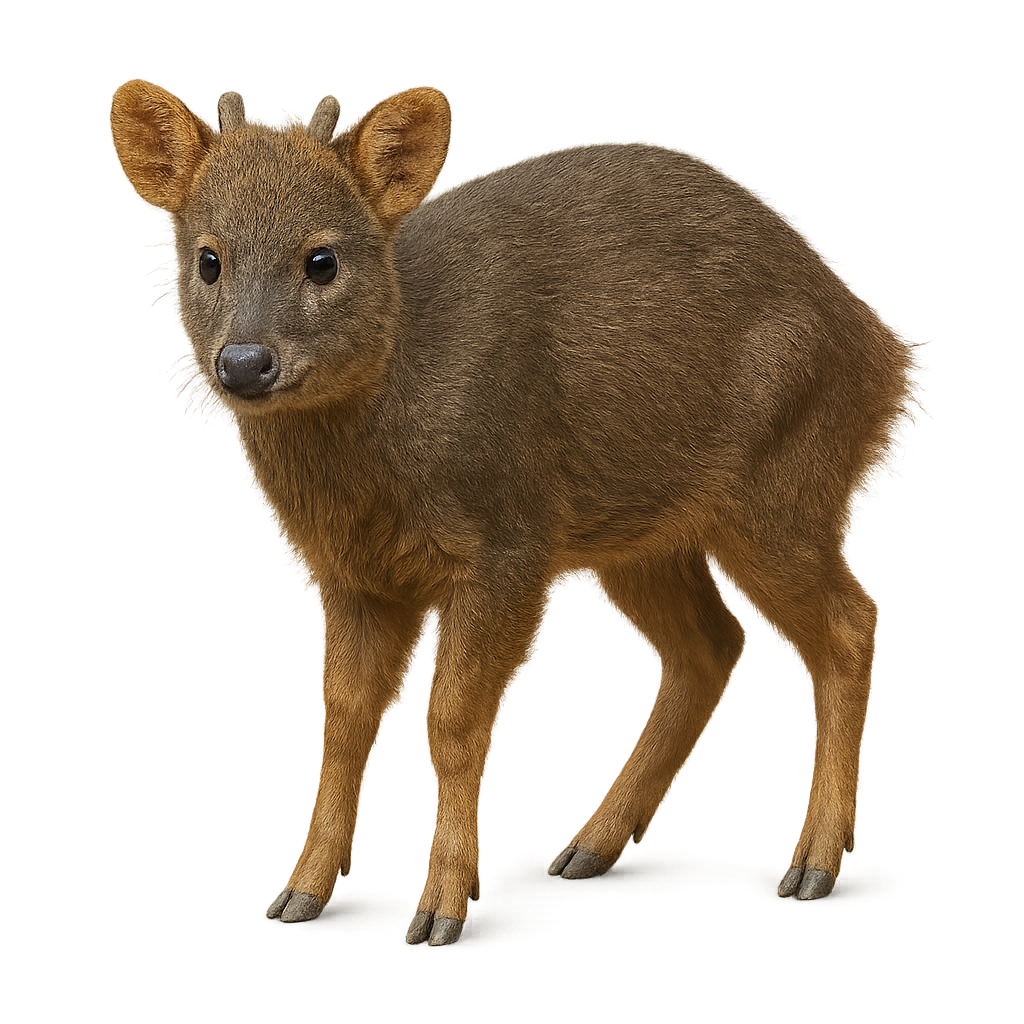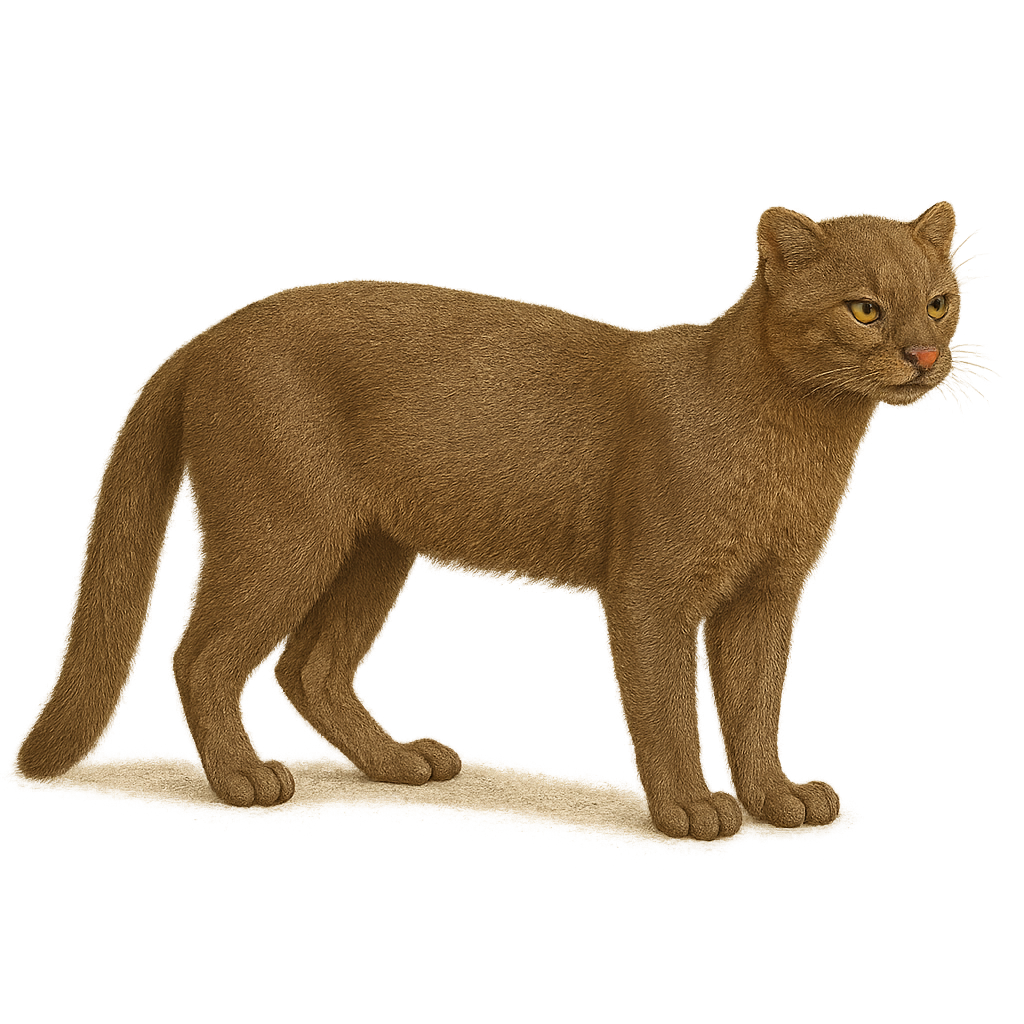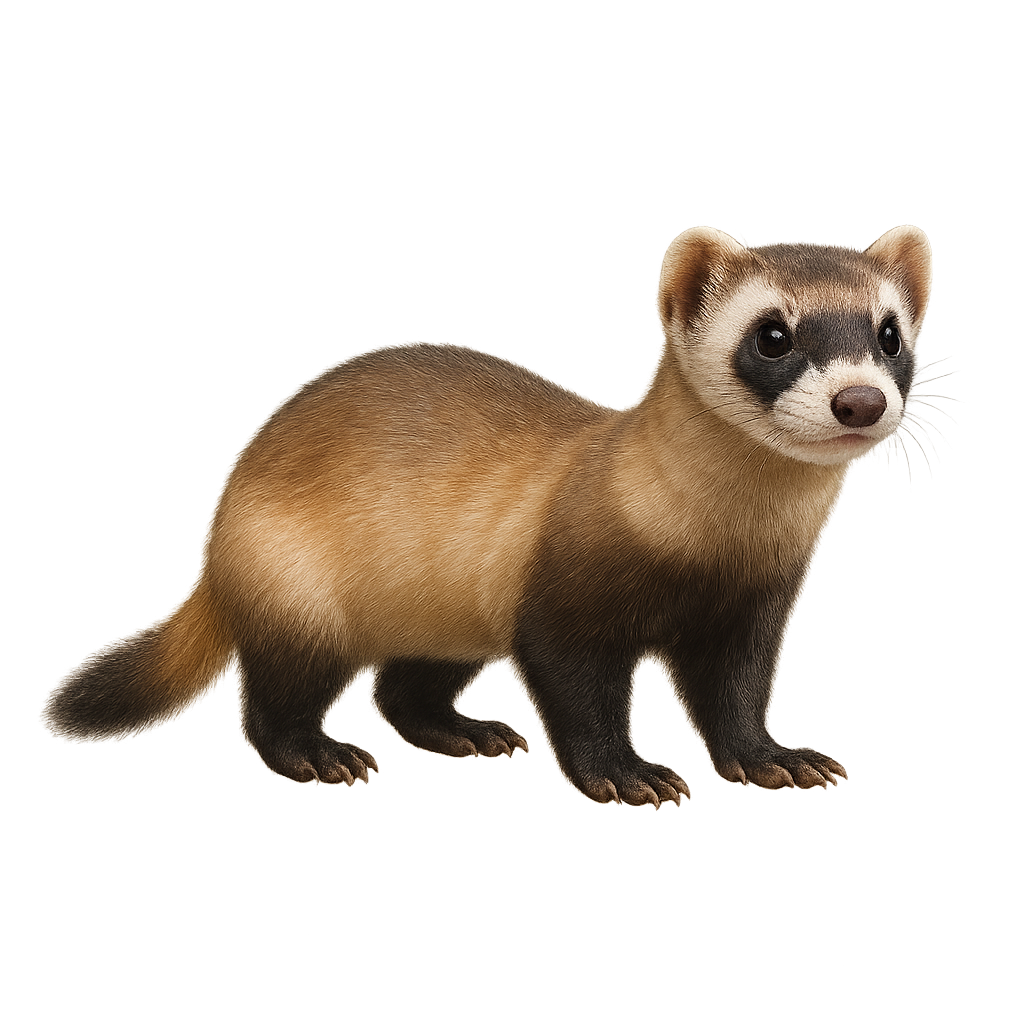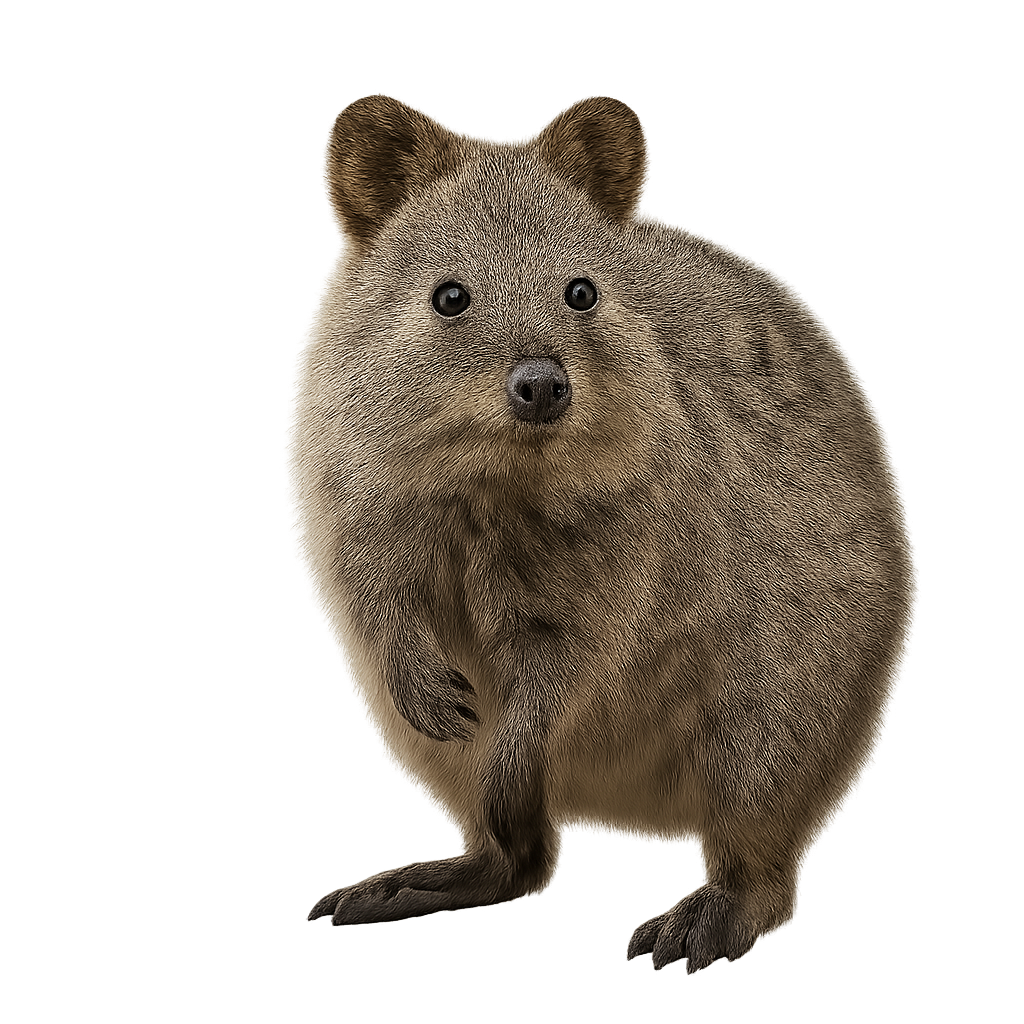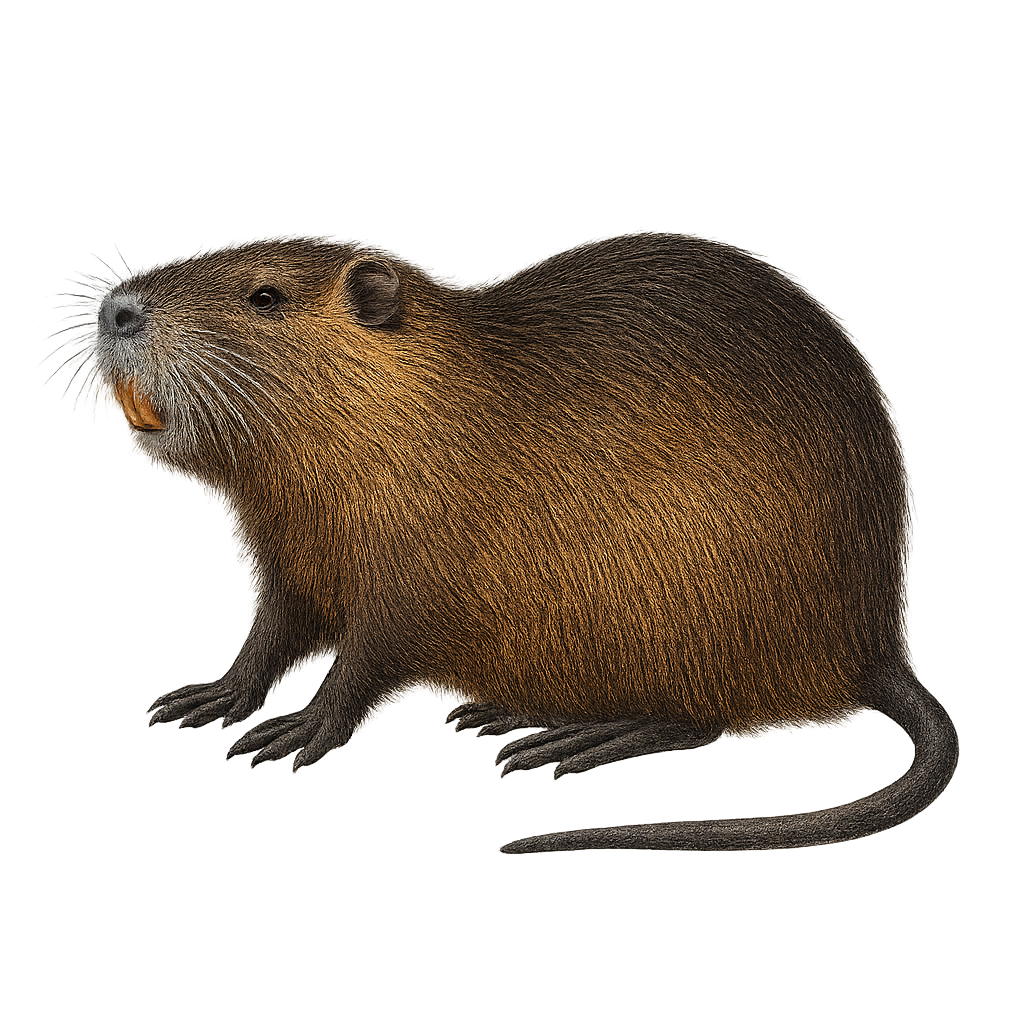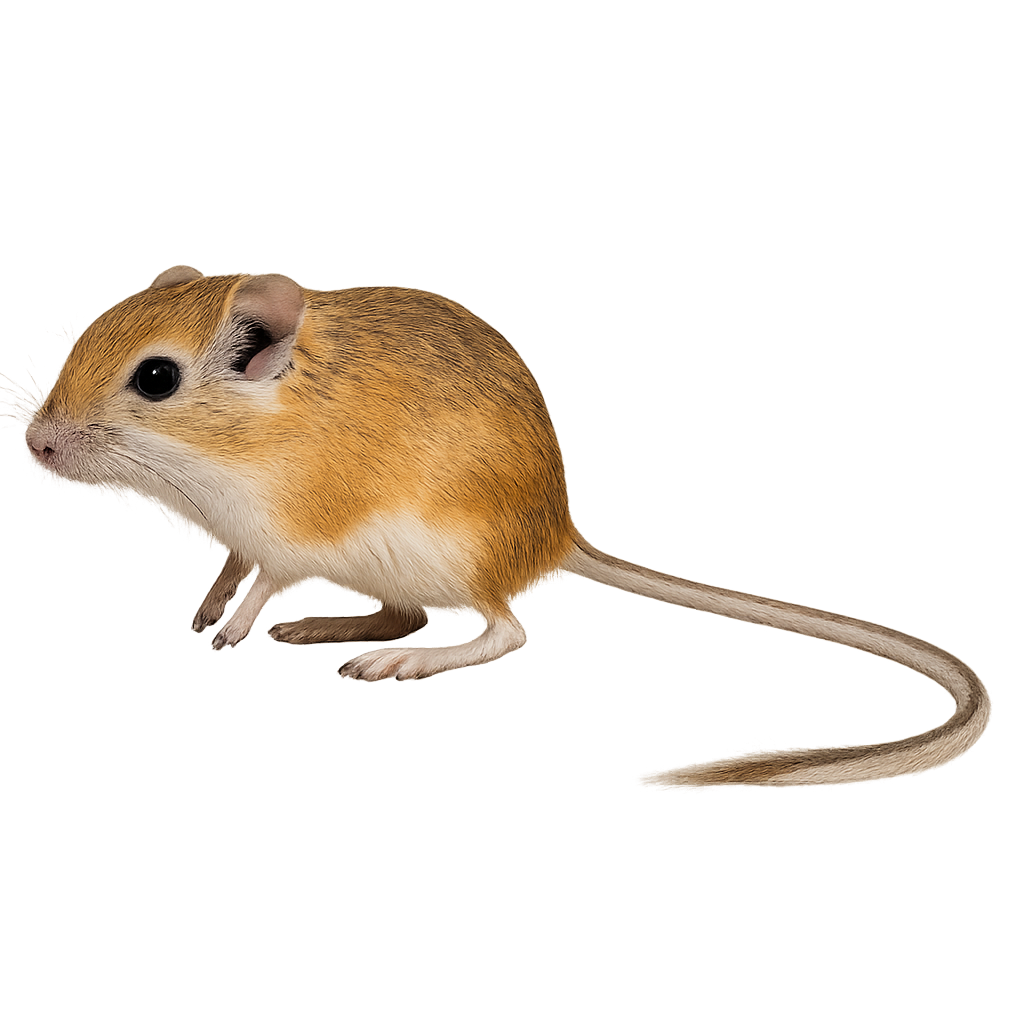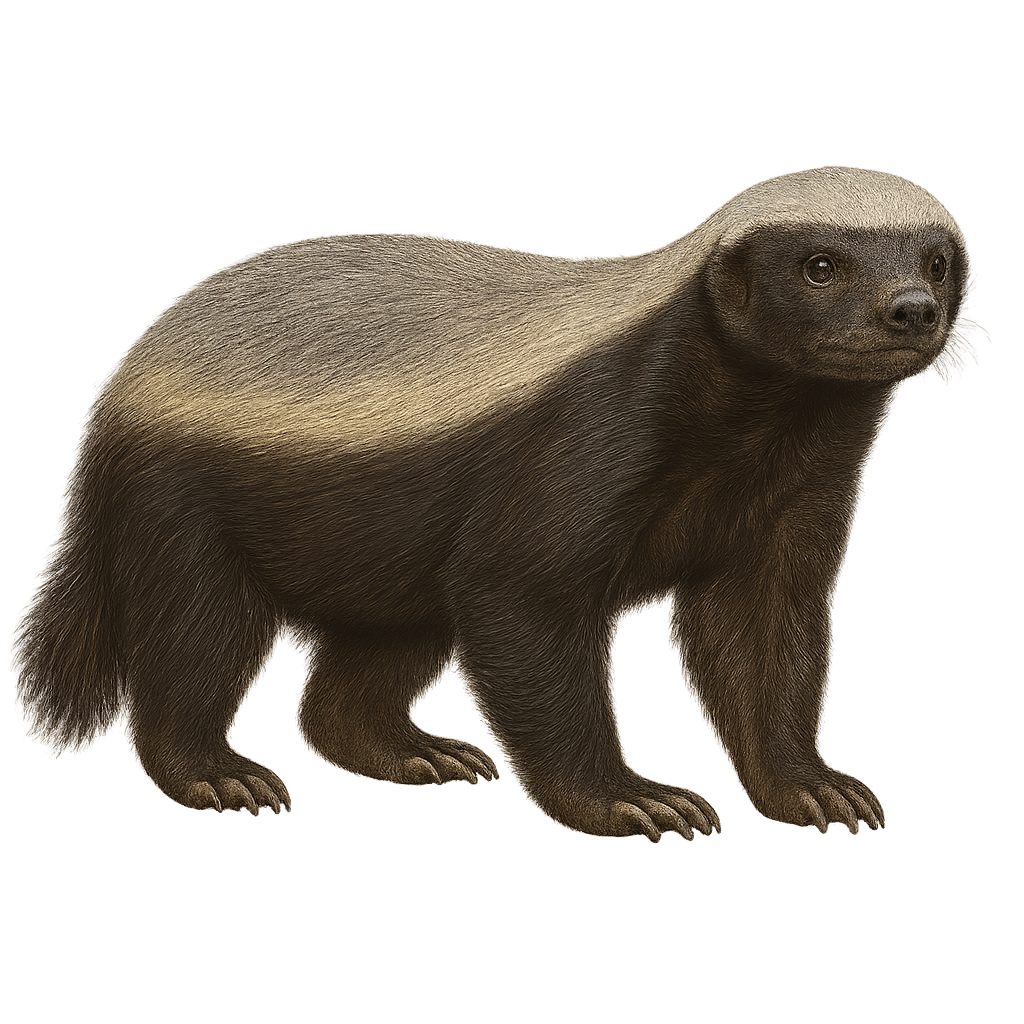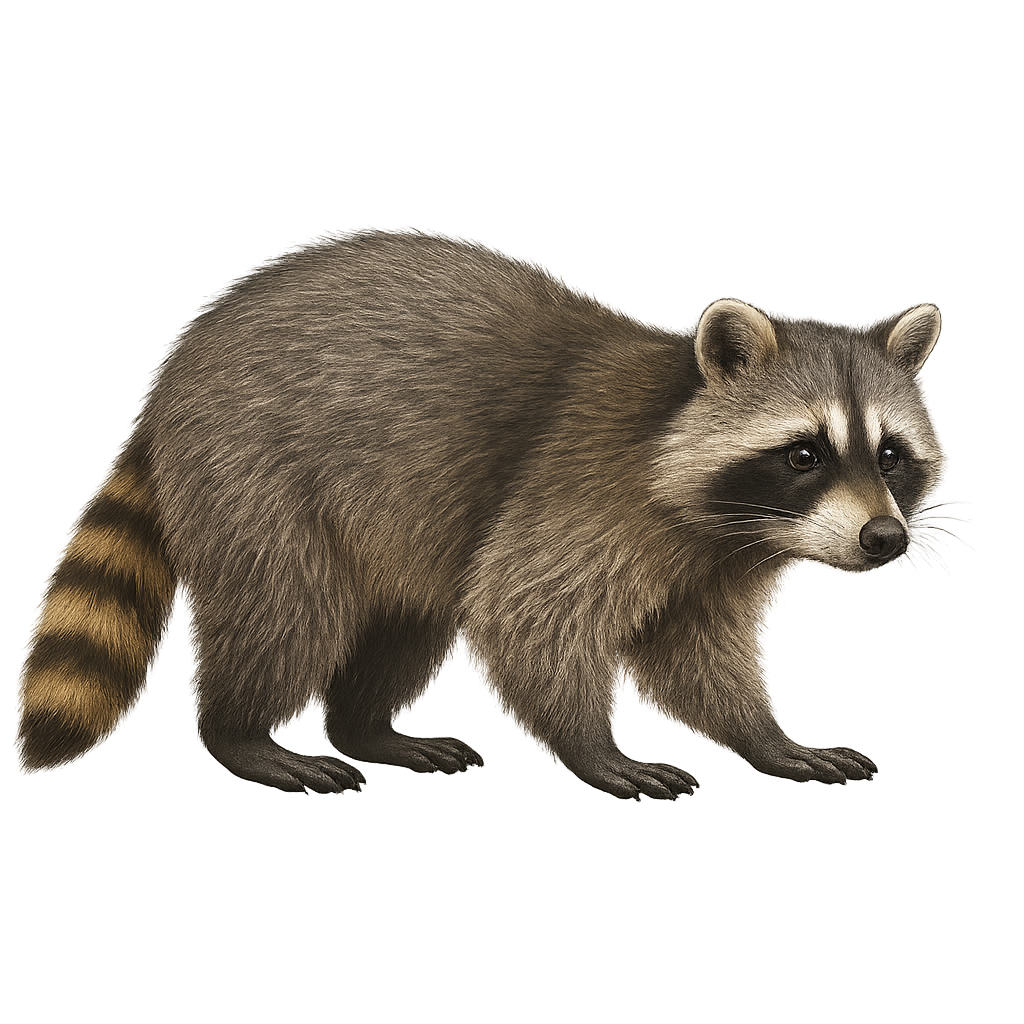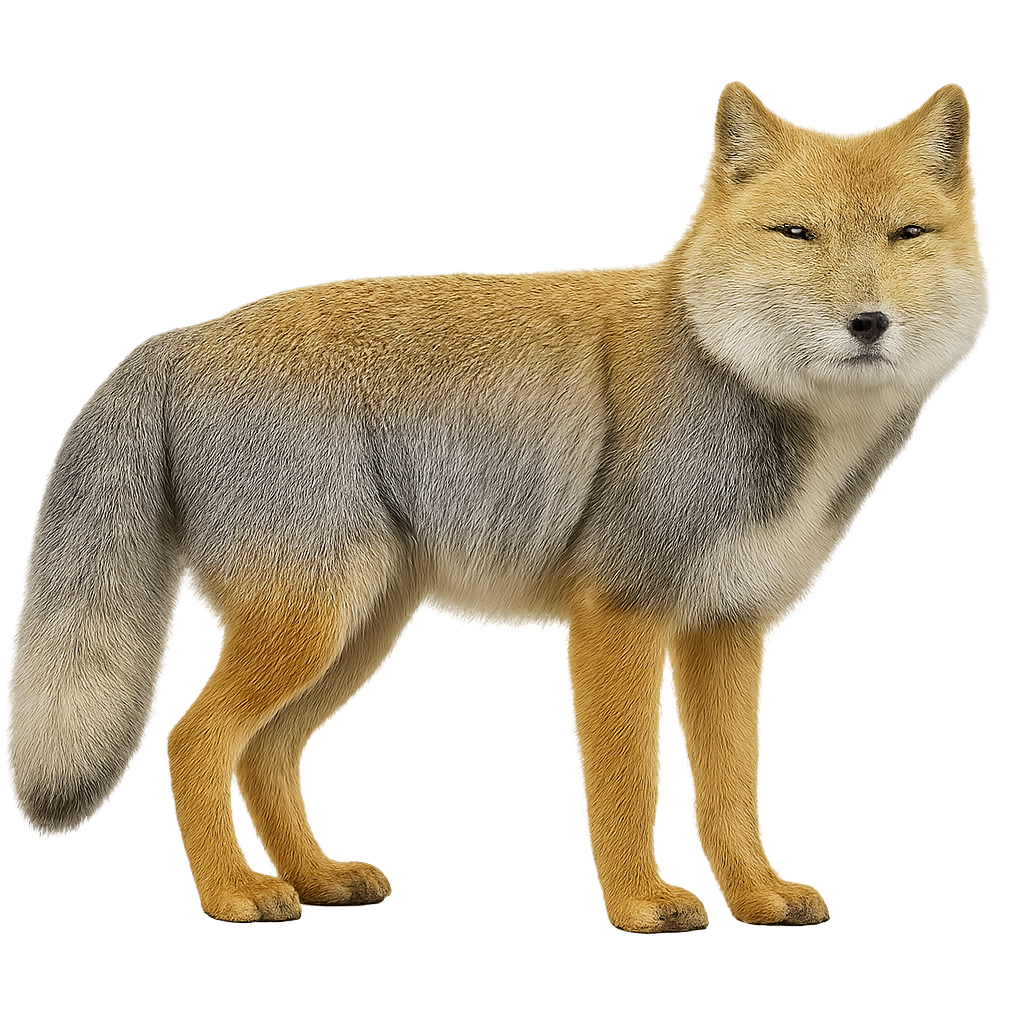The harp seal, or hooded seal, is a marine mammal native to the Arctic regions. It is easily identifiable by its white fur as a pup, which turns gray with black spots as it matures. This seal is well adapted to cold environments, with a thick layer of blubber for insulation. It primarily feeds on fish and crustaceans. Harp seals are known for their seasonal migrations, traveling long distances between breeding and feeding grounds. They play a crucial role in the Arctic marine ecosystem, serving as both predators and prey for other species.
The Gray Seal, also known as the Horsehead Seal, is a species of seal found in the coastal waters of the North Atlantic, particularly in Europe and North America. It measures between 2 and 3 meters in length and weighs between 170 and 300 kg. Its fur is typically silver-gray with black spots, and its head is characterized by a wide and elongated snout. The Gray Seal primarily feeds on fish, but also on crustaceans and cephalopods. It spends a lot of time on beaches and rocks for resting and breeding. Although it is not currently threatened, it can be affected by marine pollution, ship collisions, and human disturbance.
The leopard seal is a large marine mammal in the family Phocidae, reaching up to 3.5 m in length and 600 kg in weight. It inhabits Antarctic pack ice and coastal waters, feeding mainly on fish, penguins and juvenile seals. During the breeding season, females give birth to a single pup on the ice, while males produce underwater vocalizations to attract mates and defend territory.
The Mediterranean monk seal is a large marine mammal, 2–3 m long and weighing 200–350 kg, with a streamlined grey body and smooth skin. A critically endangered species of the Mediterranean coast and eastern Atlantic, it occupies coastal caves, remote beaches and shallow waters, feeding mainly on fish and cephalopods.
The spotted seal, or Phoca largha, is a medium-sized marine mammal known for its light gray coat adorned with dark spots. It primarily inhabits the cold waters of the North Pacific Ocean, particularly around the coasts of Alaska, Russia, and Japan. This seal is well adapted to aquatic life, with a streamlined body and powerful flippers that allow it to swim gracefully. It feeds mainly on fish, crustaceans, and cephalopods. Spotted seals are often solitary but may gather in small groups during the breeding season or at haul-out sites. Their population is currently stable, although threats such as pollution and climate change may impact their habitat.
The American pika is a small lagomorph mammal, 15–23 cm in length, with a stocky body, short limbs, and small rounded ears, covered in brownish-gray fur. It inhabits alpine rocky slopes and talus fields of North America, from British Columbia to New Mexico, at elevations of 1400–3800 m, feeding on mosses, grasses, and leaves.
The common pipistrelle is a small bat widely distributed across Europe. It measures about 3.5 to 5 cm in length with a wingspan of 18 to 25 cm. Its fur is dark brown, and it is characterized by its short, rounded ears. Often seen flying at dusk, it hunts insects near water bodies or forests, using echolocation to navigate and capture prey. The common pipistrelle is an important indicator of ecosystem health, contributing to insect population control. It hibernates during winter in shelters like caves or abandoned buildings.
The Crestless Porcupine is a large nocturnal mammal primarily found in sub-Saharan Africa, in tropical forests and savannas. It measures between 60 and 80 cm in length, with a tail of 20 to 30 cm, and weighs between 15 and 30 kg. Its fur is primarily made up of rigid, long, sharp quills covering its back, sides, and tail. At the tip of its tail, it has modified quills that produce a distinctive sound when shaken, warning predators of its presence. The Crestless Porcupine is herbivorous and primarily feeds on roots, bark, fruits, and leaves. While its population remains relatively stable, it can be threatened by habitat destruction and hunting.
The Coendou prehensilis, or prehensile-tailed porcupine, is an arboreal rodent native to the tropical forests of South America. It is distinguished by its prehensile tail, which allows it to grasp branches, and its quills that protect it from predators. This porcupine measures about 30 to 60 cm in length, not including its tail which can reach 45 cm. Its fur is typically brown or gray, interspersed with white or yellow quills. Nocturnal, it primarily feeds on fruits, leaves, and bark. Although solitary, it can sometimes be seen in small groups. Its ability to move easily through trees makes it an essential inhabitant of its ecosystem.
The North American Porcupine, Erethizon dorsatum, is a tree-dwelling rodent known for its sharp quills that protect it from predators. Measuring between 60 and 90 cm long, excluding its 20 to 30 cm tail, it typically weighs between 5 and 14 kg. Its fur is dark brown to black, interspersed with white or yellow quills. These quills, which can reach 7.5 cm, are modified hairs that easily detach to embed in predators' skin. This rodent is primarily nocturnal, feeding on leaves, bark, and fruits. It inhabits the coniferous and mixed forests of North America, from Canada to northern Mexico. Although an agile climber, it also spends considerable time on the ground.
The Cape Porcupine, or Hystrix africaeaustralis, is a striking rodent known for its large size and sharp quills. Native to southern Africa, it is the largest of the African porcupines. Its quills, which can grow up to 50 cm long, serve as a defense against predators. Nocturnal by nature, it spends its days resting in burrows or rocky crevices. An omnivore, it primarily feeds on roots, tubers, and fruits. Although generally solitary, it can live in small family groups. Its lifespan can reach up to 20 years in captivity.
The Indian Porcupine is a large nocturnal mammal primarily found in South Asia, particularly in India, Nepal, Bangladesh, and Sri Lanka. It measures about 60 to 90 cm in length, with a tail of 25 to 30 cm, and weighs between 10 and 20 kg. Its body is covered with long, rigid quills that range from black to white, forming distinct bands along its back. The Indian Porcupine uses its quills as a defense against predators and can easily detach them to throw when threatened. This porcupine is herbivorous, primarily feeding on fruits, roots, bark, and young shoots. While its population remains generally stable, it can be threatened by deforestation, habitat loss, and hunting.
The Common Ringtail Possum, or Pseudocheirus peregrinus, is an arboreal marsupial native to Australia. It is easily recognizable by its prehensile tail, which it uses to navigate through trees. This small nocturnal mammal measures about 30 to 35 cm in length, with a similarly sized tail. Its fur is generally gray with brownish tones, and it has a distinctive white stripe on its belly. It primarily inhabits eucalyptus forests, feeding on leaves, flowers, and fruits. The Common Ringtail Possum is a social animal, often living in small family groups in nests called "dreys".
The bushpig, or Potamochoerus larvatus, is a mammal from the Suidae family, recognizable by its long-haired ears. It primarily inhabits forests, savannas, and wetlands in sub-Saharan Africa. This omnivorous suid feeds on roots, fruits, insects, and occasionally small animals. It lives in family groups and is known for its complex social behavior. Bushpigs are mainly nocturnal, making them difficult to observe. Their coat ranges from reddish-brown to black, with distinctive white facial markings. Although hunted for their meat, their population remains stable due to their adaptability.
The red river hog is a mammal from the suid family, recognizable by its reddish coat and ears adorned with long white tufts of hair. It is mainly found in the forests of Central and West Africa. This suid is omnivorous, feeding on roots, fruits, small animals, and insects. It lives in family groups led by a dominant male. Red river hogs are known for their ability to swim and navigate aquatic environments. Their behavior is generally suspicious of humans, although they can become accustomed to their presence in protected areas.
The aardwolf, or Proteles cristata, is an insectivorous mammal belonging to the Hyaenidae family, although it differs from hyenas by its diet, which mainly consists of termites. It is recognizable by its striped coat, erect mane, and slender build. Aardwolves are primarily nocturnal, allowing them to avoid the daytime heat in the arid and semi-arid regions of East and Southern Africa where they reside. They dig burrows to rest and protect themselves from predators. Although solitary, they can be observed in small family groups. Their ability to digest termites is aided by a long, sticky tongue.
The Striped hyena is a terrestrial carnivore native to North Africa and the Middle East. It is distinguished by the characteristic stripes on its back and its somewhat awkward gait. This nocturnal predator primarily feeds on carrion, small mammals, and insects. Unlike other hyenas, the Striped hyena is more solitary and less aggressive. Although relatively discreet, it is threatened by habitat destruction and human persecution.
The southern pudu is the world's smallest deer, measuring 35–45 cm at the shoulder and weighing 7–10 kg, with dense reddish-brown fur. A secretive and crepuscular species of temperate South American forests, it feeds mainly on leaves, fungi and fallen fruits. During the rutting period, males mark a small territory by rubbing against shrubs and emitting soft calls.
The Puma is a large feline found primarily in the Americas, from Canada to the southern tip of South America. It measures between 1.1 and 1.8 meters in length, with a tail measuring 60 to 80 cm, and weighs between 40 and 100 kg, depending on the sex and subspecies. Its coat is typically sandy, gray, or brown, with a lighter underside. The Puma is a solitary predator, primarily hunting deer, small mammals, and birds. It is also capable of traveling great distances and adapting to different types of habitats, ranging from mountainous forests to desert areas. While its population remains relatively stable in certain regions, it can be threatened by habitat loss, fragmentation of its territories, and hunting.
The Puma yagouaroundi, commonly known as the Puma jaguarundi, is a medium-sized feline native to the Americas. It is characterized by its elongated body, short legs, and long tail. Its coat is uniform, ranging from gray to reddish-brown, allowing it to blend into its surroundings. This feline is primarily solitary and territorial, marking its territory with glandular secretions. It is an opportunistic hunter, feeding on small mammals, birds, and reptiles. Although mainly terrestrial, it is also a good climber and swimmer. Its adaptability to various habitats, from tropical forests to savannas, makes it a resilient predator.
The black-footed ferret, or Mustela nigripes, is a rare and iconic small carnivore of the North American prairies. It is distinguished by its light beige fur, black feet, and facial mask, as well as its slender body and bushy tail. This mustelid is a specialized predator, primarily feeding on prairie dogs. Unfortunately, it is critically endangered due to habitat loss and disease. Conservation efforts, including captive breeding and reintroduction into the wild, are crucial for its survival. The black-footed ferret is a symbol of prairie biodiversity and the importance of ecosystem conservation.
The European Polecat is a small carnivore found primarily in Europe, inhabiting a variety of environments such as forests, meadows, and agricultural areas. It measures about 45 to 60 cm in length, with a tail of 20 to 30 cm, and weighs between 0.8 and 1.5 kg. Its fur is generally light brown or gray, with lighter underparts and a distinctive black mark on its face, surrounding its eyes. The European Polecat is a nocturnal and opportunistic predator, primarily feeding on small mammals, birds, eggs, as well as fruits and insects. While it is often perceived as a pest by farmers, it plays an important role in regulating populations of small animals. Its population is generally stable, but it can be threatened by habitat loss and road collisions.
The quokka, or Setonix brachyurus, is a medium-sized marsupial native to Australia, often dubbed "the world's happiest animal" due to its smiling facial expression. It measures about 40 to 54 cm in length with a short tail of 25 to 30 cm. Its fur is brown-grey, dense, and woolly. Quokkas primarily inhabit Rottnest and Bald Islands near Australia's west coast. They are herbivores, feeding on leaves, grasses, and stems. Although mainly nocturnal, they can be active during the day. Quokkas are known for their curious and not very shy behavior towards humans, making them popular with tourists. However, it's important to respect their natural habitat and not feed them.
The spotted-tailed quoll, or Dasyurus maculatus, is a carnivorous marsupial native to Australia. It is characterized by its brown fur with white spots, a long tail, and a slender build. This agile predator is primarily nocturnal, feeding on small mammals, birds, and insects. It inhabits various environments, from rainforests to temperate woodlands. Although a solitary hunter, it can sometimes be seen in small groups during the breeding season. The spotted-tailed quoll plays a crucial role in the ecosystem by regulating prey populations. However, its population is declining due to habitat loss and predation by introduced species.
The coypu, or Myocastor coypus, is a large semi-aquatic rodent native to South America. It has a robust body, dense waterproof fur, and a long scaly tail. Its prominent incisors are bright orange. Adapted to aquatic life, it is often seen near rivers, lakes, and marshes. The coypu is herbivorous, feeding mainly on aquatic plants. Although valued for its fur, it is often considered a pest due to its impact on local ecosystems and hydraulic infrastructures. Introduced to many regions, it has adapted well and can be found in various wetland habitats.
The Gambian pouched rat, scientifically known as Cricetomys gambianus, is a large rodent native to sub-Saharan Africa. It is easily identifiable by its long tail, large ears, and pointed snout. This nocturnal creature inhabits various environments such as forests, savannas, and agricultural areas. It is renowned for its ability to detect landmines due to its exceptional sense of smell. Although it can be considered a pest in some regions, it plays an important ecological role as a seed disperser and insect predator. Its longevity and adaptability make it an interesting subject for researchers.
The Dipodomys deserti, or desert kangaroo rat, is a fascinating rodent inhabiting the arid regions of the western United States. This small mammal, weighing between 70 and 130 grams, is perfectly adapted to desert life. It has long hind legs that allow it to leap great distances, much like a kangaroo, hence its name. Its fur is generally sand-colored, providing excellent camouflage in its environment. The desert kangaroo rat is primarily nocturnal, allowing it to avoid the intense daytime heat. It mainly feeds on seeds, which it stores in its cheek pouches to transport back to its burrow.
The honey badger, Mellivora capensis, is a carnivorous mammal known for its boldness and tenacity. It has a robust body, thick and loose skin that protects it from predators. Its fur is typically black with a white stripe on its back. This opportunistic predator feeds mainly on small animals, insects, and fruits. It is famous for its ability to attack larger prey and withstand bee stings and venomous snake bites. The honey badger is primarily solitary and fiercely defends its territory. It inhabits various environments, from savannas to forests, and can dig quickly to hide or search for food.
The Raccoon is a small omnivorous mammal native to North America, but it has now spread widely to other regions of the world, including Europe and Asia. It measures about 40 to 70 cm in length, with a tail of 20 to 40 cm, and weighs between 4 and 10 kg. Its fur is primarily gray, with a distinctive black mask around the eyes, giving it a unique appearance. The Raccoon is an excellent climber and feeds on fruits, nuts, small animals, insects, as well as food scraps when it lives near human settlements. It is known for its curious behavior and its habit of "washing" its food, although this gesture is actually a reaction to the sensation of moisture in its paws. While its population is widespread, this species can sometimes be seen as a pest, especially due to its tendency to rummage through trash and cause damage to homes.
The Tibetan Fox is a small carnivore endemic to the mountainous regions of Tibet, Nepal, and northern India. It measures about 45 to 60 cm in length, with a tail of 30 to 40 cm, and weighs between 2 and 3 kg. Its fur is typically light gray to brown, with darker shades on the back and lighter underparts. It has large pointed ears and a long bushy tail. The Tibetan Fox is an opportunist, feeding on small mammals, birds, fruits, and berries. It primarily lives in dry and mountainous regions, where it digs burrows to protect itself from the cold. Although its population remains relatively stable, the Tibetan Fox is vulnerable to habitat loss and hunting.


